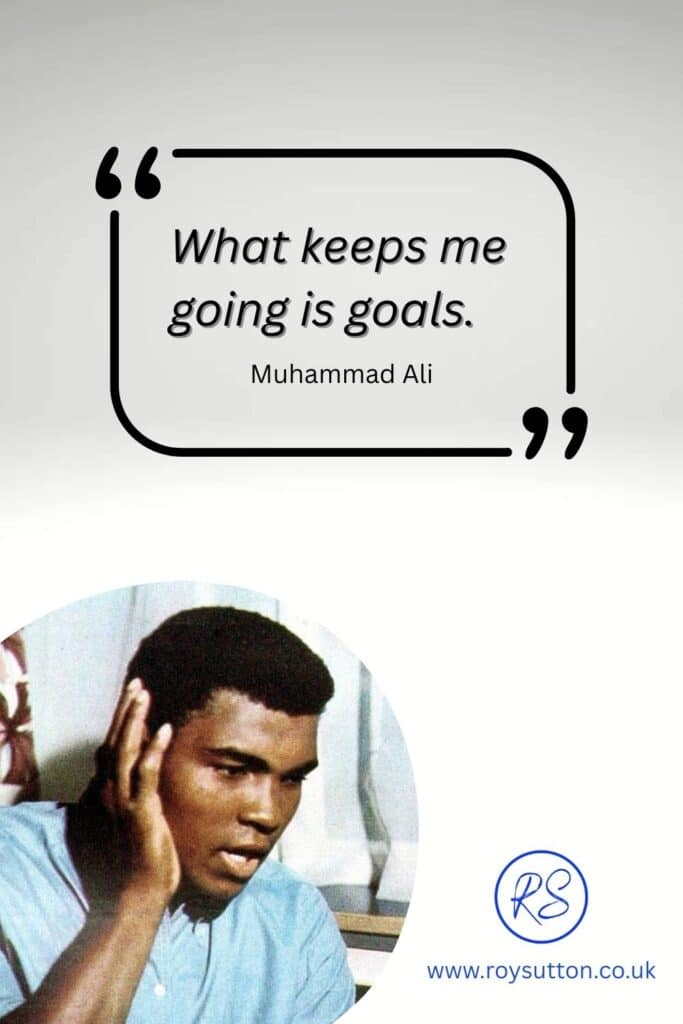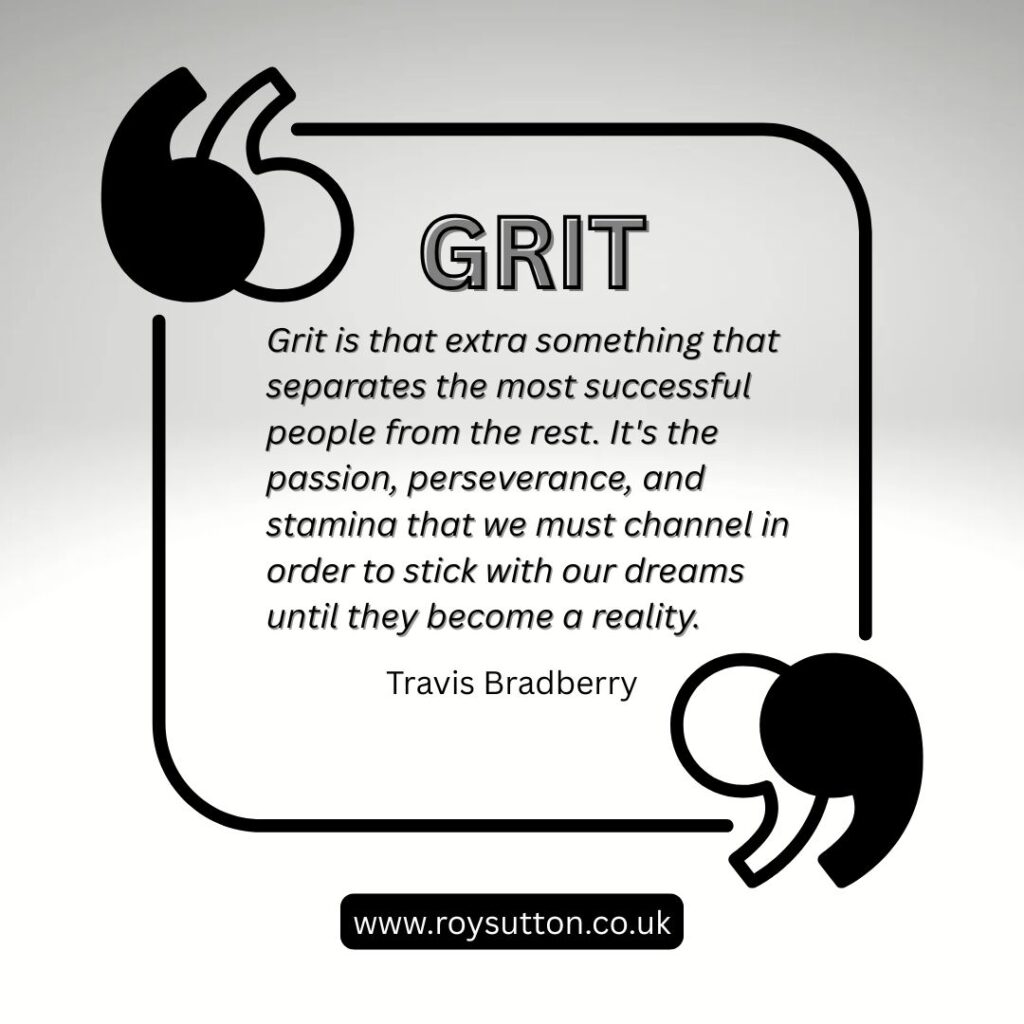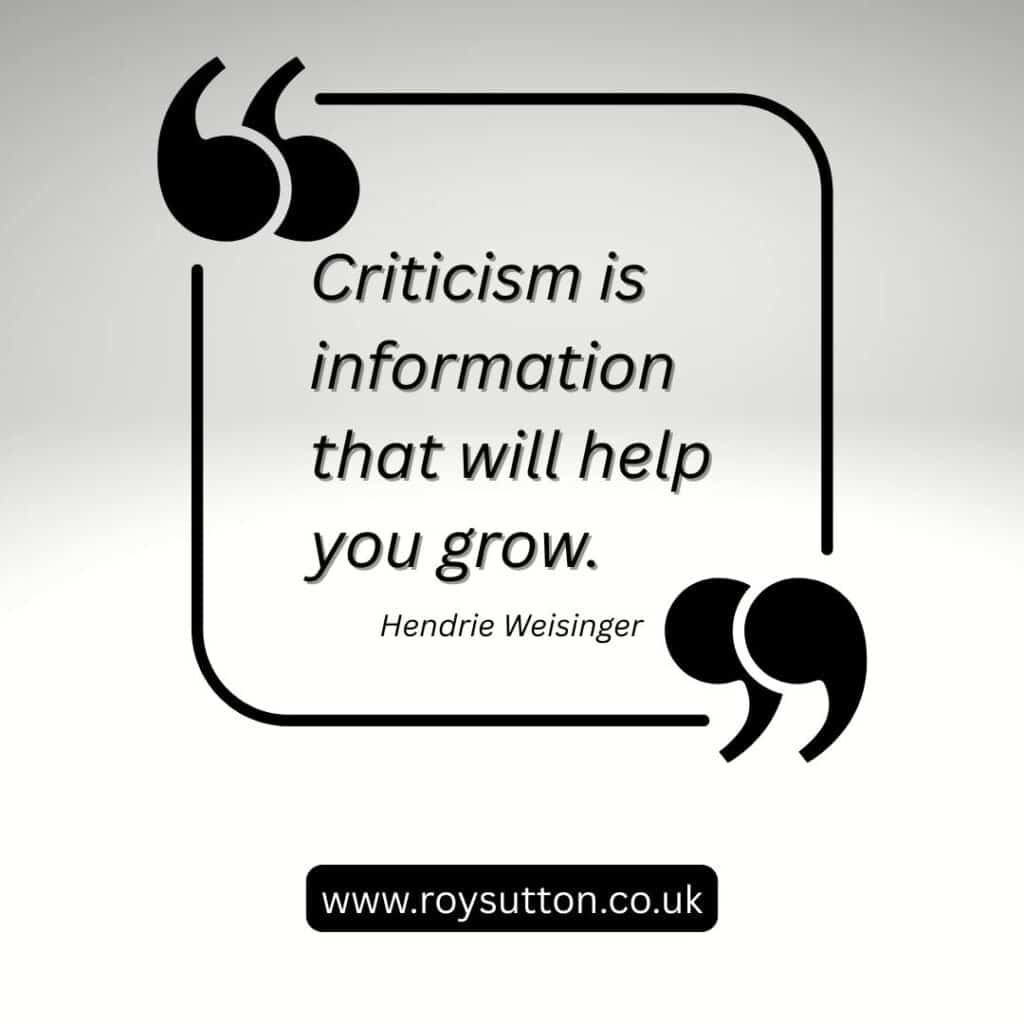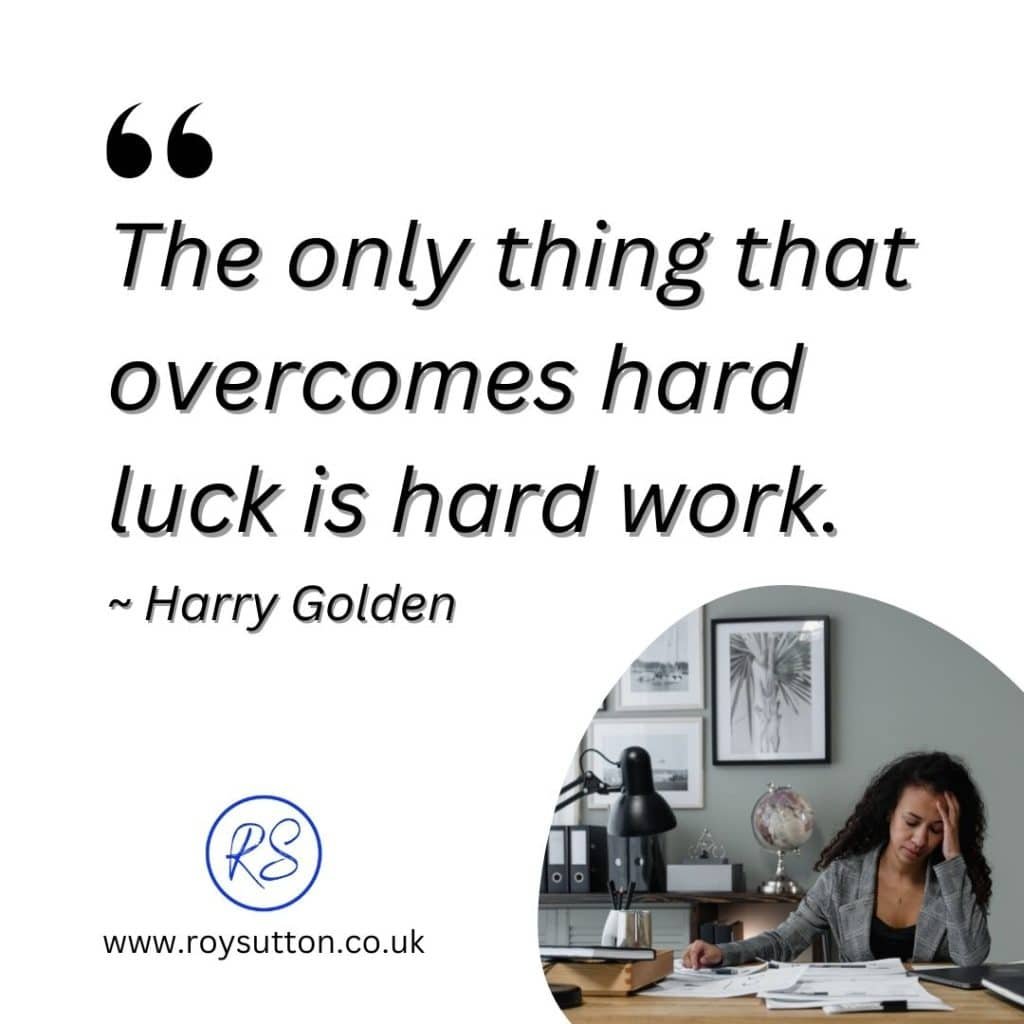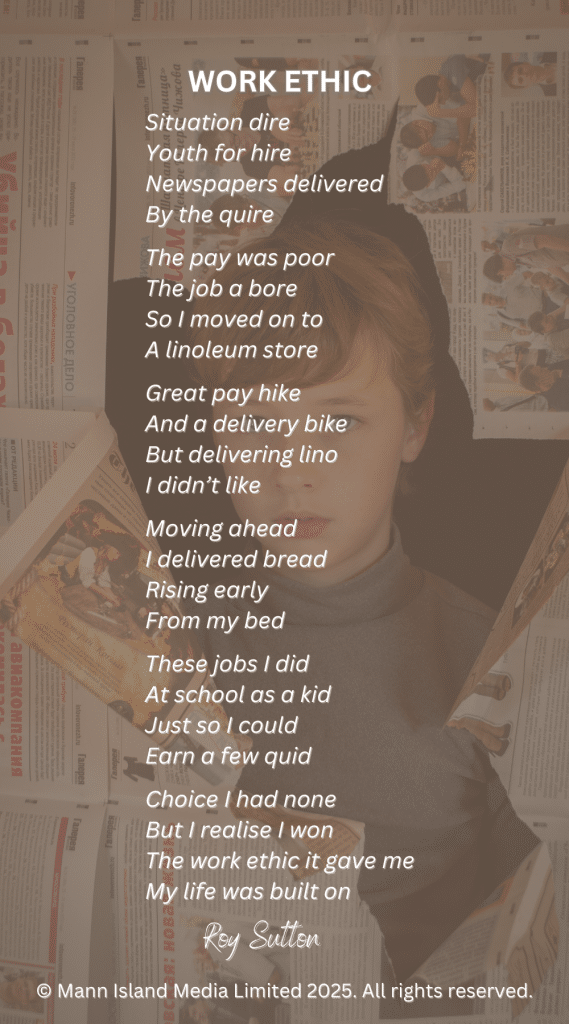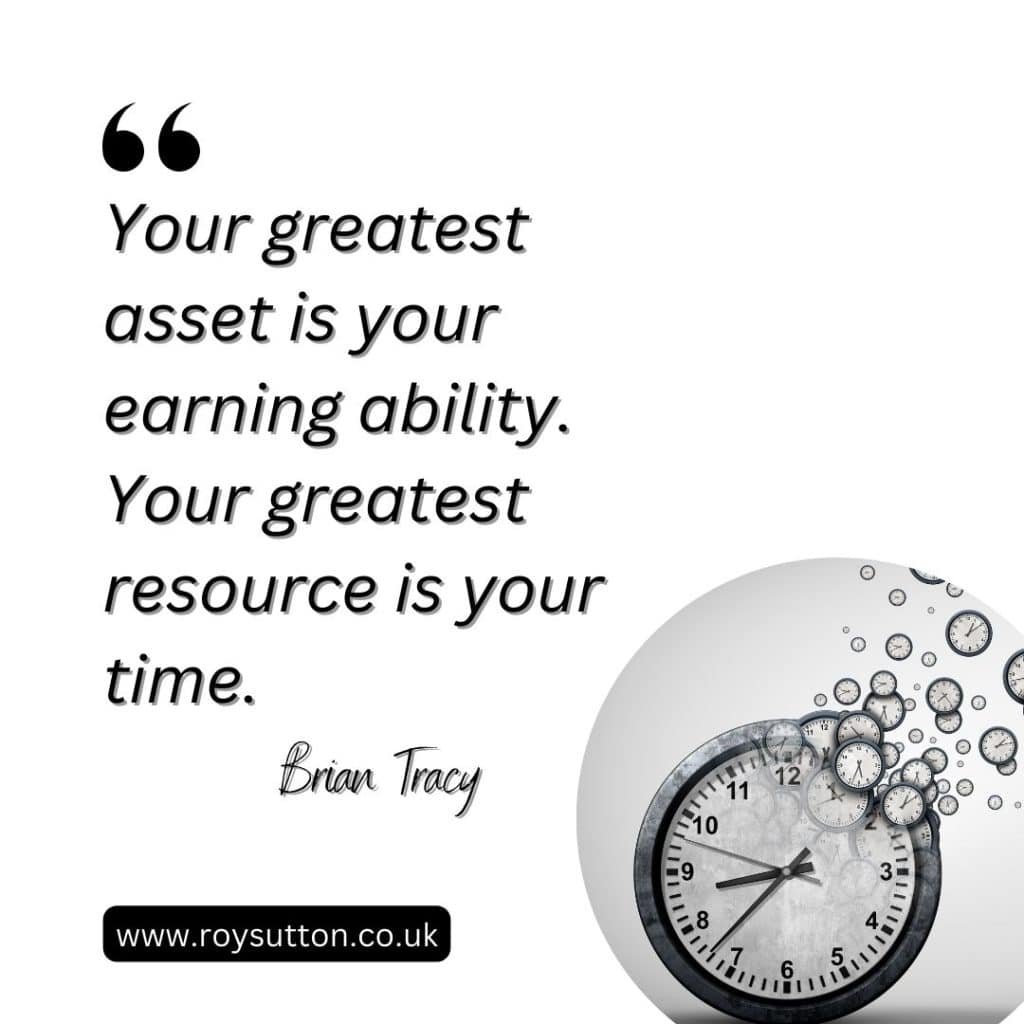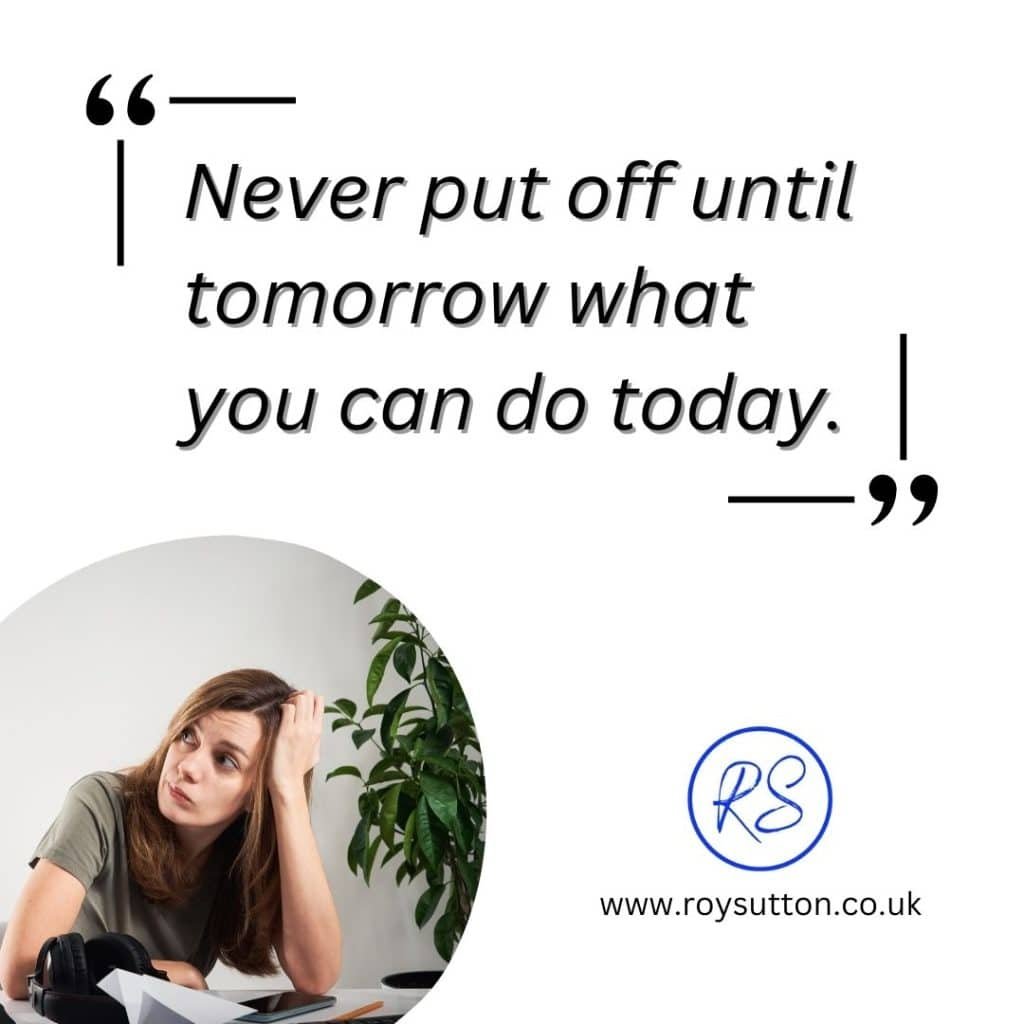
Goal setting is essential if success is your aim.
Consider this. What’s life all about?
Do you ever ask yourself that question?
Do you ever think seriously about goal setting?
Paying bills and drifting aimlessly through life is not living; it is existing, surely?
I don’t want to live forever, but I do want to live life to the full while I have the chance. Don’t you?
A life well-lived should include some notable achievements if you are to realize your full potential and leave a legacy behind you. And leaving a legacy does matter too, in my opinion.
However, achievements require proper goal setting if they are to be accomplished.
This article explores goal setting and how goal setting can be translated into achievement. It’s by accomplishing goals that you’ll get a genuine sense of achievement, and you’ll feel your life has meaning.

Goal setting:
Why are some people successful and others not so?
Successful people are generally no more intelligent than unsuccessful people. It is a fact that many highly intelligent people remain unsuccessful throughout their lives. It’s not about whether you’re clever or not.
Successful people know what they want, and they’re determined to get it.
Successful people set goals for themselves based on what they want, and they pursue those goals with determination and persistence.
You cannot hit a target you cannot see.
You cannot turn your dreams into achievements without goal setting.
However, goals don’t set themselves, nor do they accomplish themselves. It requires effort from you.
So get started, identify what matters to you, set goals, keep going, and achieve your aspirations.
Goals must matter to you:
The act of goal setting alone does not guarantee success. Many people set goals that they fail to achieve.
Why do you think that might be?
The simple answer is that goals often fail because the goal setter didn’t want the potential prize badly enough. They didn’t fully know their ‘Why?’
For a goal to be achieved, accomplishing the outcome must matter to you. If you don’t regard the outcome as being sufficiently worthwhile, then you won’t have the motivation to see your goal through to a conclusion.
The goal must mean enough to you if the extra effort required to achieve it seems worthwhile.
Make no mistake, any goal worth achieving will require a lot of determination, persistence, and hard work. Nothing worth having ever comes easy, that’s for sure.
To quote Napoleon Hill,
“Desire is the beginning of achievement.”
You must have the desire, and the outcome must matter to you.
Change your thinking; change your life:
How we think matters. You can’t achieve much with negative thinking.
A positive mind with a genuine sense of direction will take you as far as you want to go.
There are no limits for anyone with enough self-belief and a real sense of what they want from life.
Believe you can, and you will. Believe you can’t, and you won’t.
The way your mind is currently programmed may be getting in the way of you getting what you want, but it doesn’t have to be that way. You can change your thinking, and if you do, it will change your life.
Dream lofty dreams:
Don’t be afraid to have a vision for yourself that is truly inspiring. Don’t be afraid to have dreams big enough to be just a little bit frightening.
It is on the edge of your comfort zone that you’ll begin to feel you’re living life to the full.
And your goals should be big enough to stretch you and inspire the desire within you. Be realistic, of course, but don’t make goals too easy.
Anything easy will not give you a sense of achievement, that’s for sure.
Revisit your inner child:
Children have no limits to their dreams. Most children believe they can achieve anything they want in life. They’ll tell you they want to be an astronaut, Olympic gold medalist, or whatever.
As children, we all had grandiose ideas about what we might be in life. Indeed, I did. Perhaps you did too, dear reader?
The problem is, as we get older, life takes its toll, and we all get a little bit more cautious and a lot less ambitious, don’t we? We fear losing face if we are seen to try and then fail.
Self-doubt creeps in, and before long, we’re adjusting our ambitions downwards. Perhaps we won’t become astronauts; maybe we’ll settle for being bus drivers instead.
As human beings, we often fear failure and the perception of any resulting embarrassment much more than we genuinely desire success.
We don’t fully appreciate that any minor embarrassment that might result from getting an outcome we didn’t want is a lot less painful than spending the rest of our lives wondering what might have been.
Never fear failure:
We fear failure, and yet there’s no such thing as failure, just opportunities to learn and start again.
So, goal setting starts with pretending you’re a kid again and believing that anything’s possible.
Just sit down with a notebook and a pen or possibly your tablet computer and start brainstorming right now.
Write down your list of your 101 biggest dreams and goals.
Now don’t think about whether or not they can be achieved; just write them down.
Then, from that list you’ve written, identify the items that matter to you most.
And remember this: if the goal matters to you, then you will find a way to achieve it.
Goals only fail when they don’t matter enough.
Remember, life needs balance:
Knowing what you want and why it matters to you will help you achieve your goals.
However, never forget that your goals should promote balance in your life too.
In setting your goals, they should benefit you, but they should also benefit your loved ones.
If your loved ones can understand the benefits to them as well as to you, then they’re much more likely to support you in the achievement of your goals.
And you will need their support. No one ever achieves anything in complete isolation.
Never, ever lose sight of your loved ones when you’re making decisions and setting goals.
The art of goal setting:
Start by deciding exactly what you want to achieve and then make a firm commitment to it. You must feel genuinely motivated by your goals.
Your goals should be
- Specific,
- Measurable,
- Achievable,
- Relevant, and
- Time-bound
This is the so-called SMART technique.
Once you have goals, you must write them down. This will make them feel much more tangible.
You must share them with other people, too, especially your loved ones.
This approach will have a subliminal effect on you and help in the process of achieving your goals.
Then you must plan the steps you will need to take if you are to realize specific goals.
The planning process will almost certainly result in a big goal being broken down into a series of smaller goals and activities.
Then, once you have a plan, you can cross off each activity as it’s completed.
6 Steps to Goal Setting:
To summarize the goal setting process I use, a goal must be:
- Specific
- Time-limited
- Written down
- Include a plan
- Accept there’s a price to be paid
- In your thoughts every day
11 reasons why goals fail:
If goal setting is something you’ve tried with little or no success, then you might feel it would help you if you had a better idea of why goals fail. Fear not, dear reader; help is at hand.
In the embedded video, Vic Johnson from Goals2Go.com provides some interesting insight into motivation and goal setting. His words are wise, and they’ll make you think.
It’s a fairly short video, but well worth your time if you aim to improve your goal setting technique and set goals that will result in achievements for which you can be truly very proud.
Please share this post with your friends:
If you found this blog post useful, then please share it on social media with your friends.
When you share, everyone wins.
So go on, please share it now. If you can do that for me, I’ll be ever so grateful, and you’ll be helping a keen blogger reach a wider audience.
Thank you.

Articles you might also find interesting:
- Why you should let your child fail and make mistakes
- Why your personal philosophy for life really matters
- 25 facts of life that might get you thinking
- 8 Top Business Tips for Success Today
- 10 tips for improving self-esteem
- Why passion is the key to success
- How to handle criticism at work effectively
- 3 ways for getting rich
- 5 ways to kill your dreams
- 33 life lessons learned that are best learned early
- How the power of words can change lives
- 10 steps for making new year’s resolutions
- Public Speaking: The Power of the Pause
- Productivity Tips: How to Structure Your Day
- George Carlin’s Top 10 Rules For Success
- 13 tips for improving your personal happiness
- Steve Jobs’ Top 10 Rules For Success to inspire you
- 25 inspirational stories of people going from rags to riches
© Mann Island Media Limited 2025. All rights reserved.

